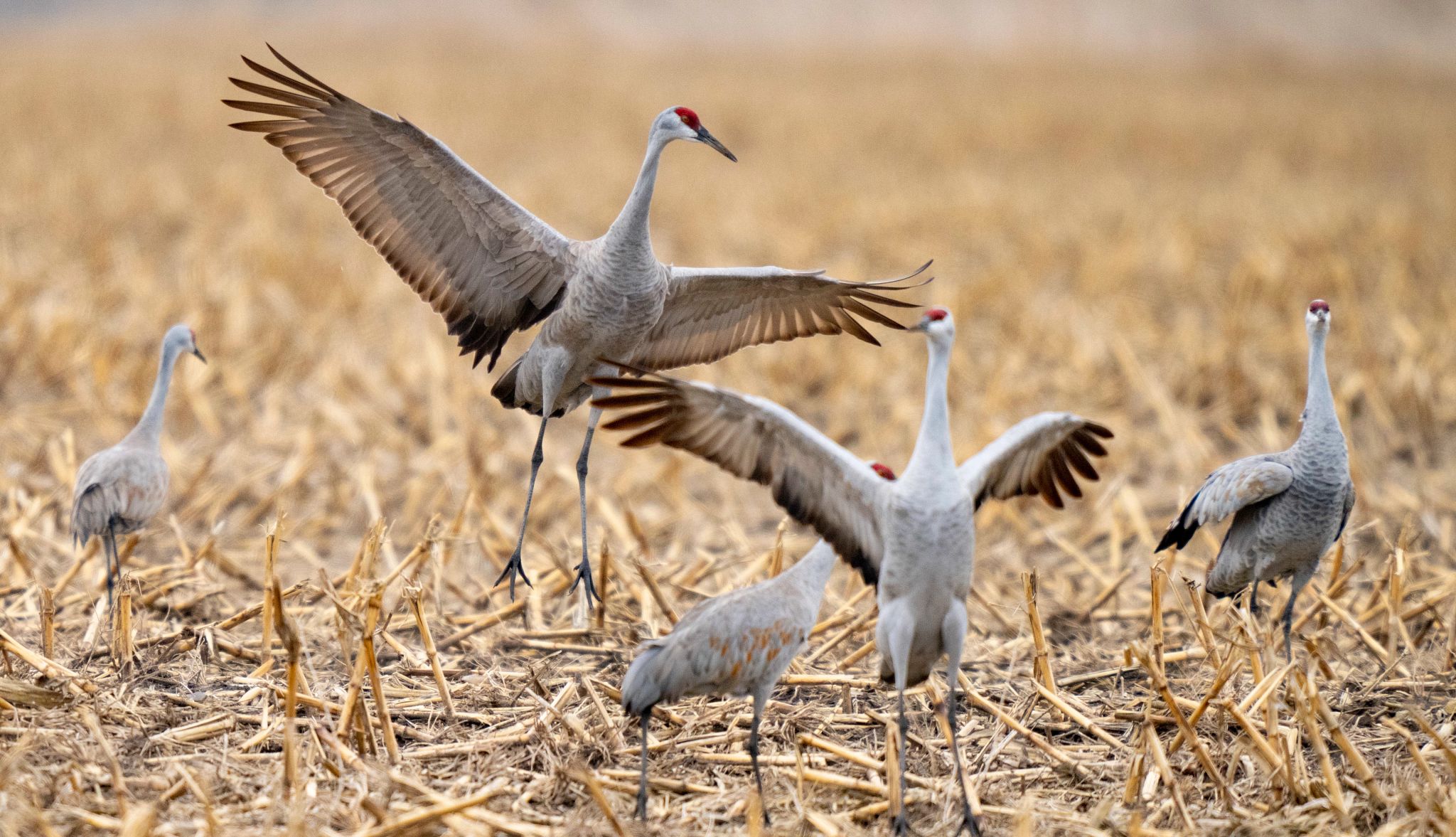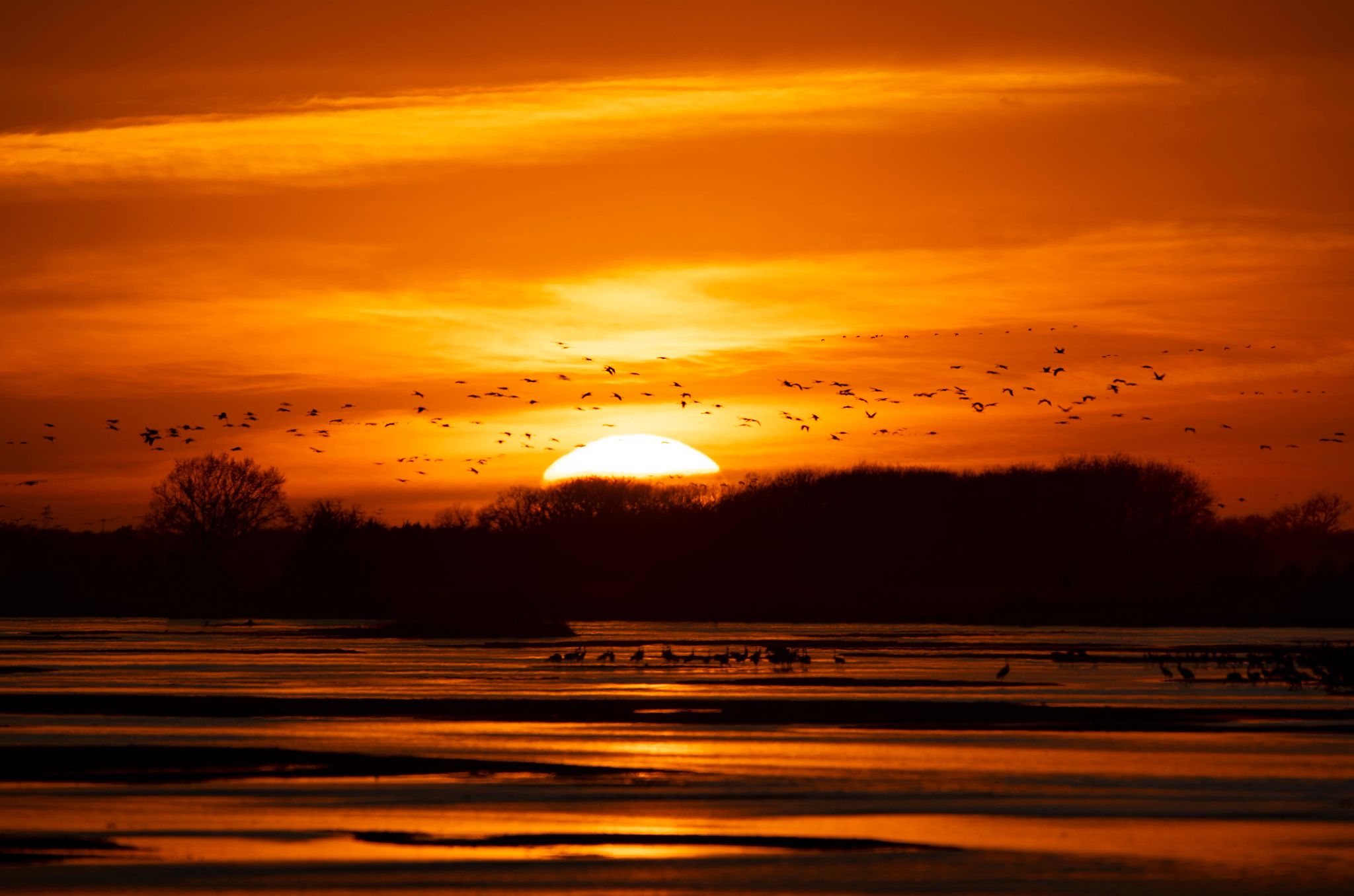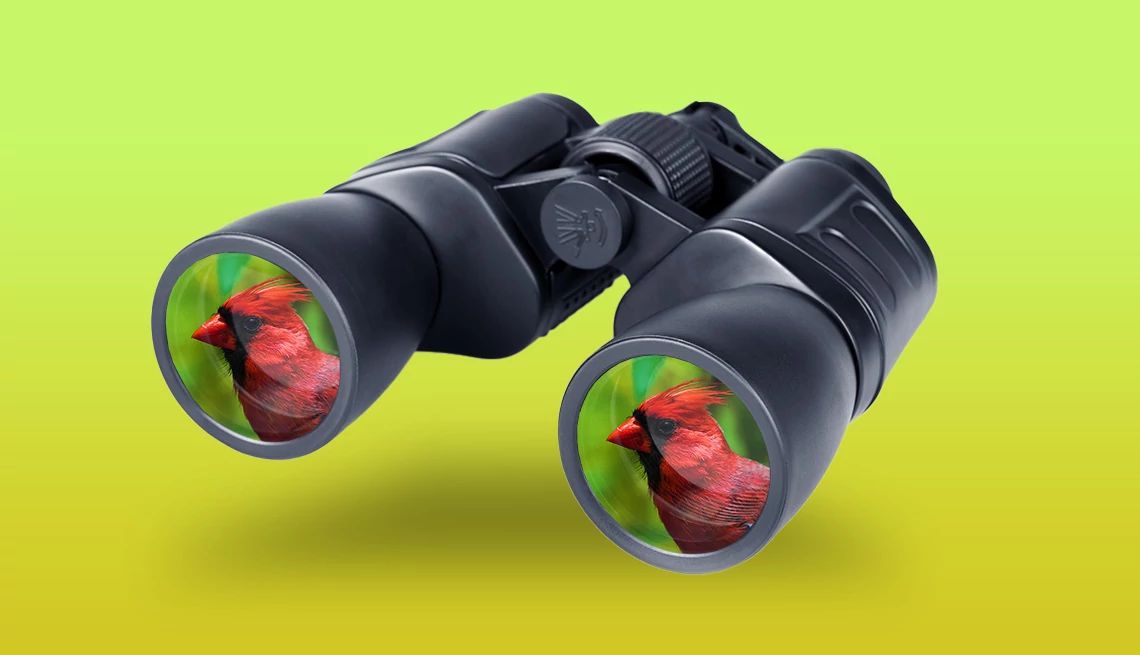AARP Hearing Center
It’s pitch black as I make my way to the bird blind nestled on the Platte River in central Nebraska. (Blinds are special structures that allow people to view birds and animals without disrupting the creatures.) The sound of my feet in the frosted grass is the only sound, other than the soft lapping of the river and the chilly whisper of an early spring breeze. The almost icy air kisses my cheeks as my breath fogs around me. Luckily, the trip is a short one, and I settle into the heated blind as the first rays of sunrise begin to glow on the horizon. Comfortably indoors, I note the actual soundtrack to my morning: the soft, soothing, trilling calls of sandhill cranes as they roost overnight.
I cozy up and wait for the real show to begin. Slowly, the darkness melts away, and the rising sun illuminates the river basin, painting shades of tangerine, lavender, and blush over the braided channels. The Platte River itself seems to awaken, springing to life as thousands of sandhill cranes start to stir. They move and dance, the most elegant bird ballet I can imagine, before taking to the skies. One by one or two by two at first, before a big swell overwhelms my senses, and thousands of birds ascend above the prairie landscape.
The wide, shallow Platte River might not ring a bell to the average reader, but as any veteran birder knows, something magical happens on this stretch of the waterway each year. Some 1 million sandhill cranes will stop here for roughly a month, grazing on corn, a leftover agricultural product in the aptly named Corn Belt, before heading back to their Arctic and subarctic nesting grounds. The cranes winter in the southern reaches of North America, in spots such as Texas, Mexico, and Arizona. Roughly 80 percent of the world’s sandhill cranes will travel north and stop in the Cornhusker State, the key location in the central flyway.
About 23 million people 65 and older are bird-watchers, accounting for the largest age group, according to the U.S. Fish and Wildlife Service’s demographic and economic survey of birding in the U.S. It is followed by 19 million birders in the 55-64 age group. The agency says 44 percent of all birders are older than 55.


When to go
From February to April, generally peaking in March, the sandhills ensconce themselves in central Nebraska’s Platte River Valley. “It’s one of the great migrations in the world, bird or otherwise,” says Chris Helzer, director of science and stewardship for The Nature Conservancy Nebraska. “It’s a story that goes beyond birds from a pure nature standpoint. It’s a story of the success of sandhill cranes, of people and agriculture working together really well,” he says. He notes Nebraska is the best place to see the sandhill cranes, plus, “it’s one of the easiest migrations to observe — because it happens right off the side of the road, and the blinds are located right on the river,” he adds.


What to know and how to go
The easiest way to access the crane migration is to fly into the area’s largest airport, Omaha’s Eppley Airfield (OMA), then drive the two or so hours to central Nebraska crane country. Omaha’s airport is served by many major airlines, including Southwest Airlines, Delta Air Lines, American Airlines, Frontier Airlines, Alaska Airlines, and Sun Country Airlines for charter flights. Depending on departure city, some visitors may fly into smaller regional airports in Lincoln or North Platte.






































































